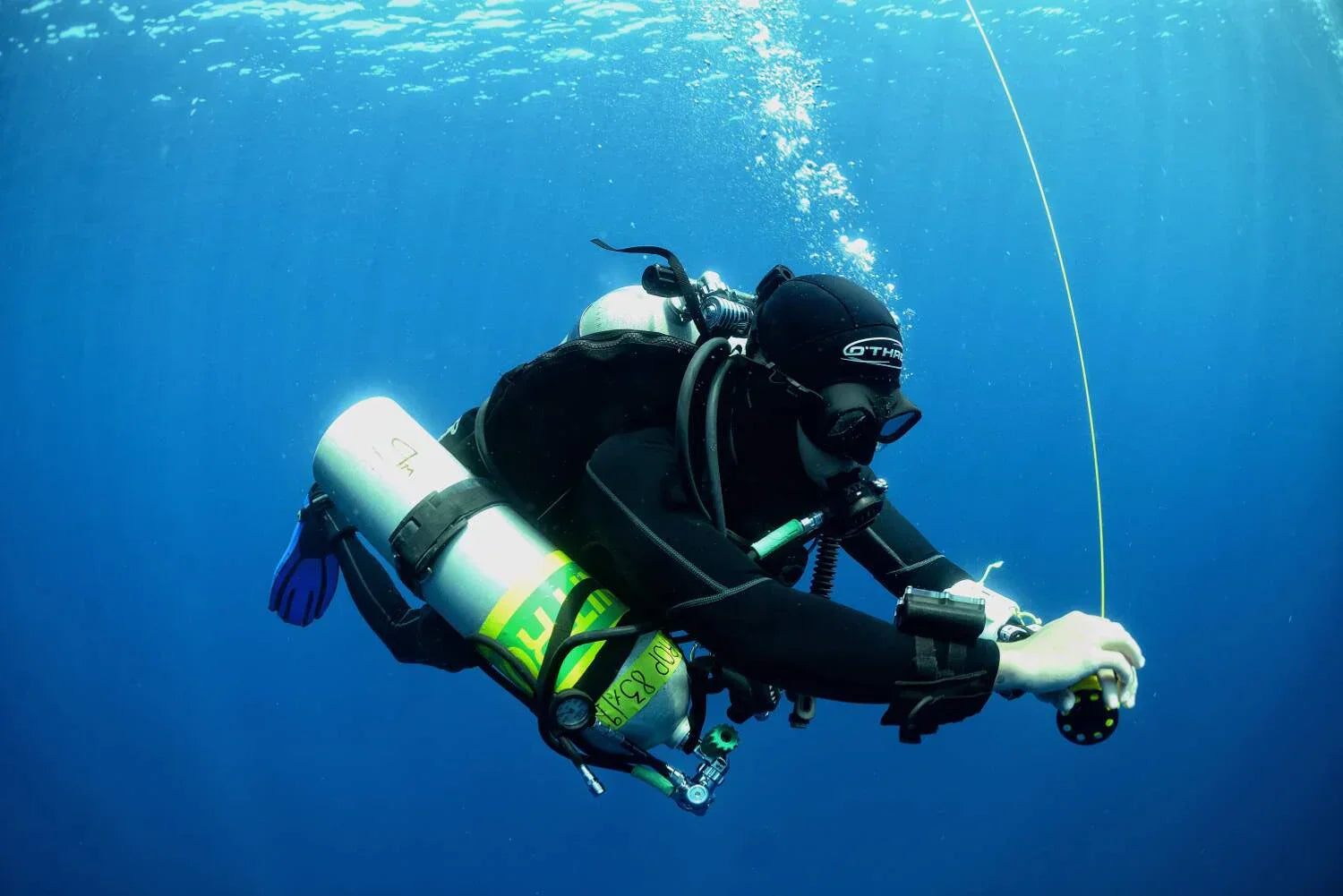
How deep on 100% oxygen 4 depth restriction rules
For 100% oxygen diving, key depth limits include: 1.6ATA (about 6 meters) as a safe daily exposure threshold to avoid acute oxygen toxicity; recreational use often caps at 10 meters (2.0ATA) with s...
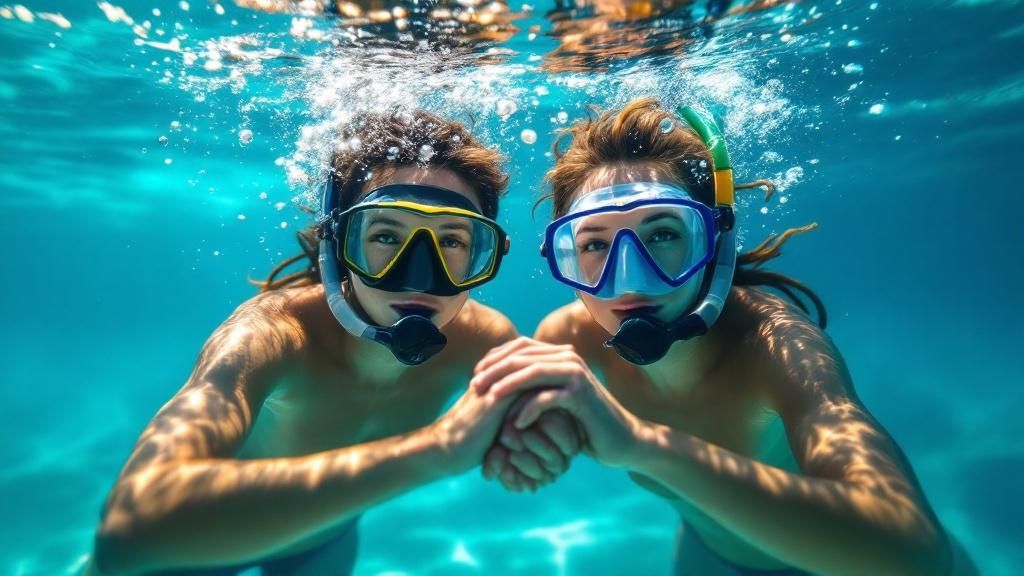
How to share snorkel gear safely 4 hygiene protocols
To safely share snorkel gear, follow four key hygiene protocols: rinse with warm water post-use to remove sand/salt, soak in 50-100ppm chlorine solution for 10 minutes to kill germs, air-dry fully ...
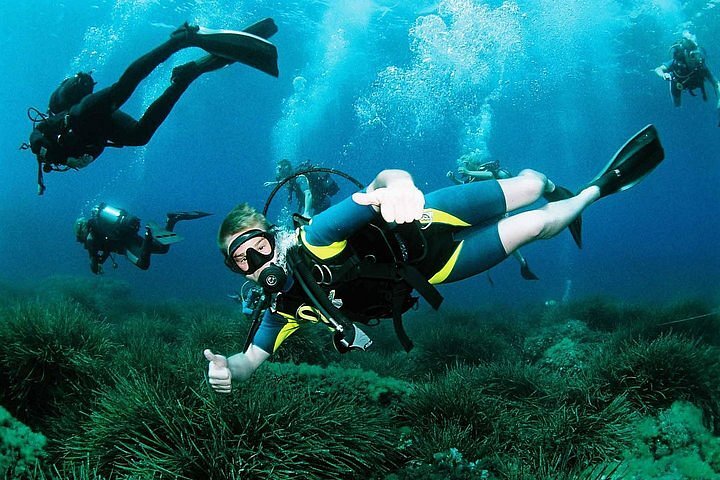
How to check air freshness 3 sensory evaluation steps
To check air freshness via three sensory evaluations, start with olfactory assessment: inhale deeply—fresh air smells neutral, free of musty, chemical, or combustion odors (VOCs below 0.1ppm indica...
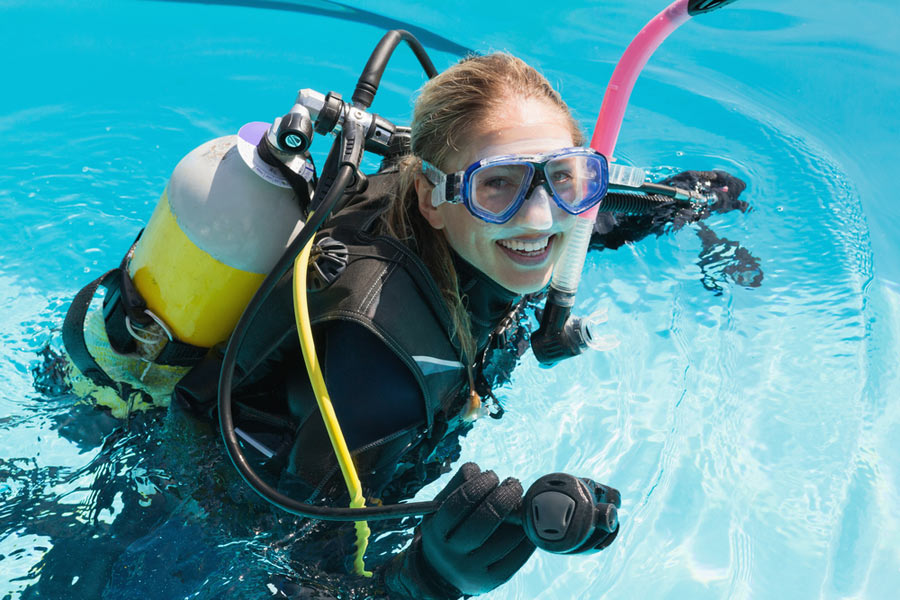
How to use a snorkel with long hair 4 secure methods
For long hair, secure with a tight braid (minimum 10 inches) to prevent tangling; use a 2-inch-wide elastic headband under the snorkel strap for grip; wrap hair with a microfiber towel section (3-i...
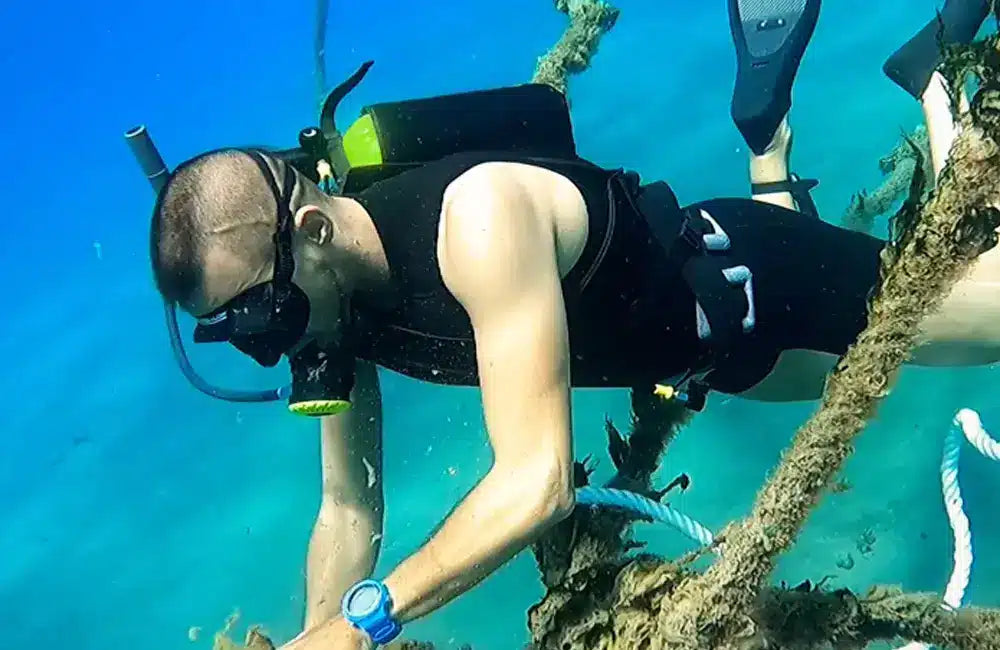
5 Critical Pressure Check Points for Small Dive Tanks
For small dive tanks, key pressure checks include: verifying hydrostatic test at 300 bar (1.5x working pressure), ensuring no overfill beyond 200 bar service limit, confirming annual retest complia...
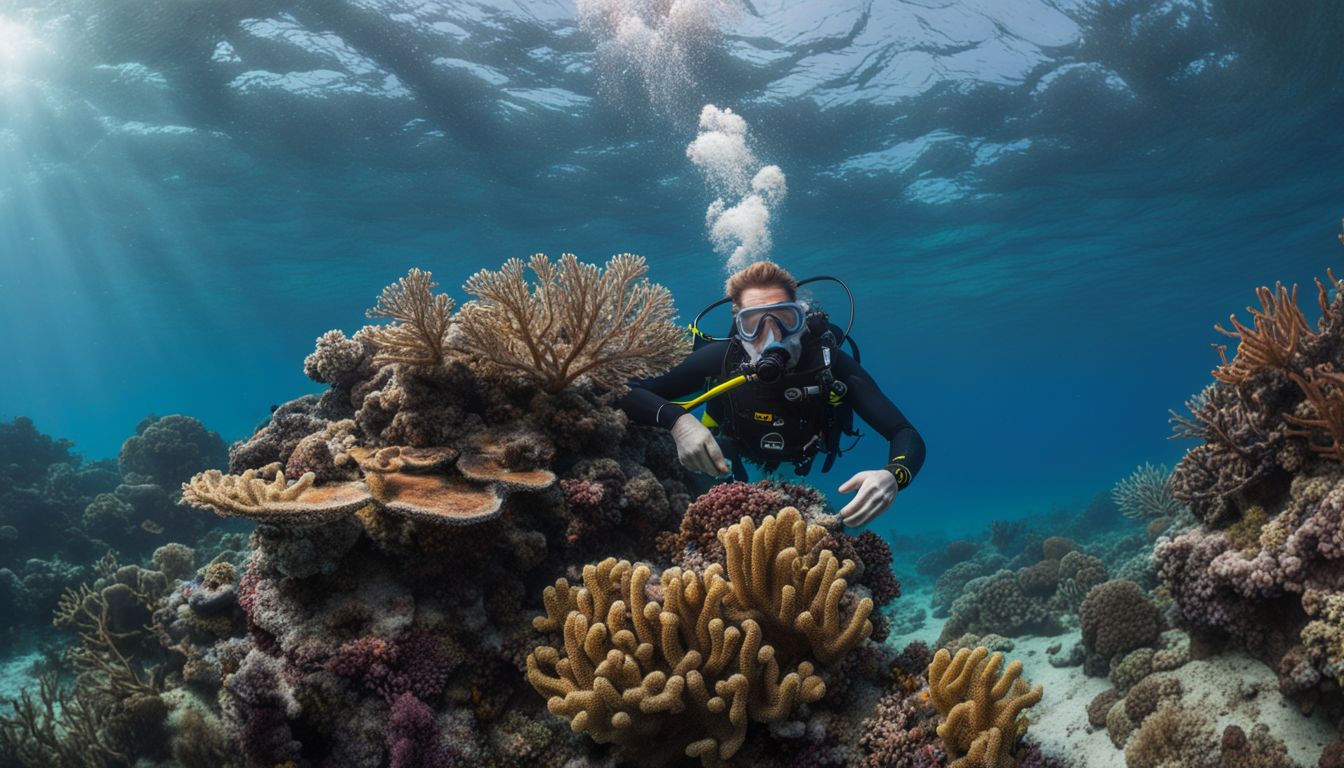
5 Most Common Regulator Issues with Mini Tanks
Common regulator issues with mini tanks often include leaks at seals (affecting 25% of units annually), pressure fluctuations exceeding ±5 PSI during use, and clogged filter elements reducing flow ...